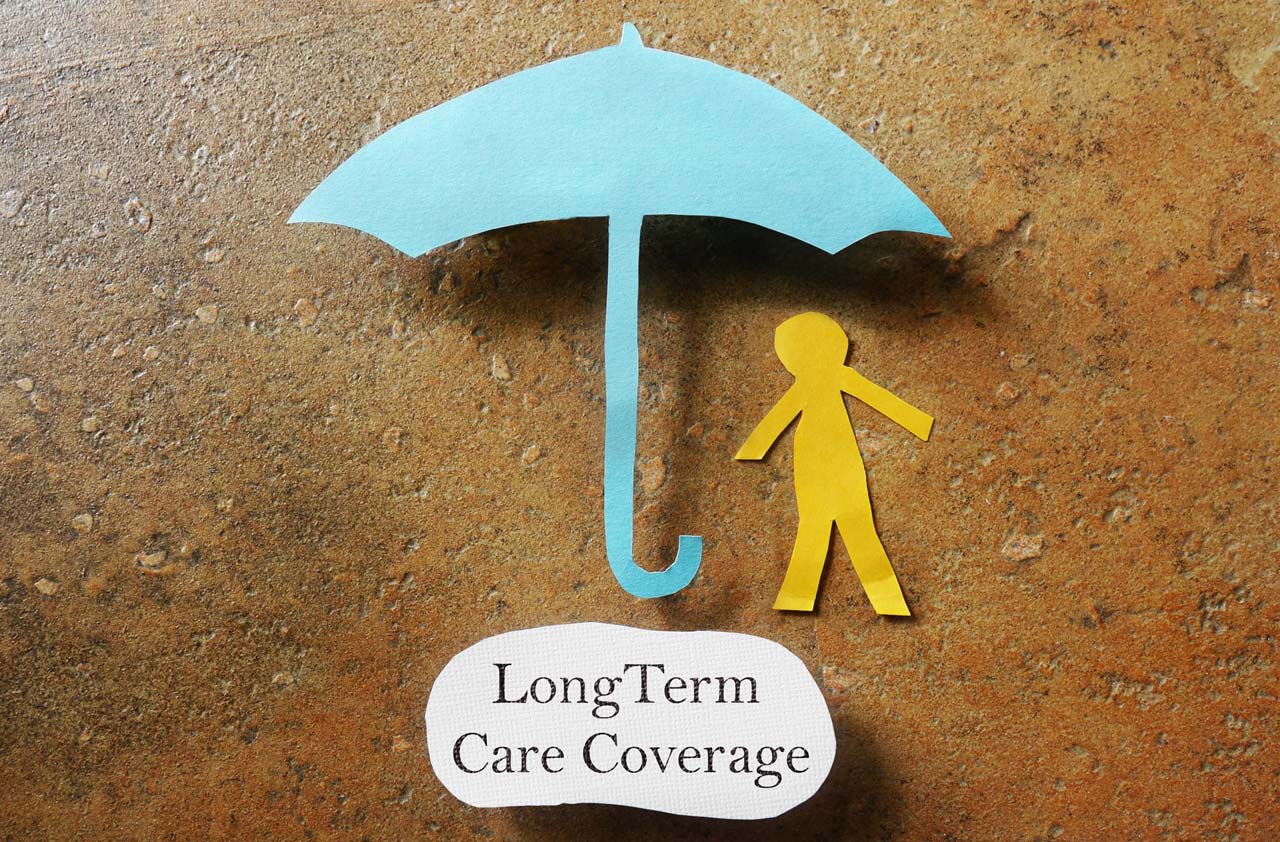3 Ways to Lower Your Long-Term-Care Insurance Premiums
Can't afford higher premiums for long-term care insurance? Consider various options to trim your benefit instead.


If you can afford a premium increase, paying it is often your best option. If you don't want to or can't pay the higher premiums, insurers usually give you ways to reduce them.
1. Cut inflation protection. Cutting back from 5% protection to about 3% can reduce your premiums significantly and is often a good choice, depending on your age and how much the coverage has increased. See how much your policy has grown; if you bought a policy with a $150 daily benefit 10 years ago, the daily benefit would now be about $244. Compare that with the current cost of care in your area and the portion of the costs you're able to cover. The older you are now, the better this option will be. Someone in his or her seventies, for example, may have already built up a big enough daily benefit at 5% inflation protection so that reducing the rate to 3% or lower will be enough in the future. But make sure you’ve locked in the inflation adjustment you've already earned.
2. Reduce the coverage term. Reducing the coverage term is an easy way to reduce premiums. If you have lifetime benefits, you can usually reduce coverage to three or five years, which would encompass the average claim period. But you are giving up some coverage you've been paying for over many years, and the reduced term may fall short of what you need if you develop Alzheimer's or another chronic disease.

Sign up for Kiplinger’s Free E-Newsletters
Profit and prosper with the best of expert advice on investing, taxes, retirement, personal finance and more - straight to your e-mail.
Profit and prosper with the best of expert advice - straight to your e-mail.
3. Take the paid-up option. Regulators in some states require insurers to offer this option to policyholders who drop their insurance. Instead of losing all the coverage you paid for, you’d get a benefit equal to the premiums paid to that point (the calculation varies by state).
Get Kiplinger Today newsletter — free
Profit and prosper with the best of Kiplinger's advice on investing, taxes, retirement, personal finance and much more. Delivered daily. Enter your email in the box and click Sign Me Up.

As the "Ask Kim" columnist for Kiplinger's Personal Finance, Lankford receives hundreds of personal finance questions from readers every month. She is the author of Rescue Your Financial Life (McGraw-Hill, 2003), The Insurance Maze: How You Can Save Money on Insurance -- and Still Get the Coverage You Need (Kaplan, 2006), Kiplinger's Ask Kim for Money Smart Solutions (Kaplan, 2007) and The Kiplinger/BBB Personal Finance Guide for Military Families. She is frequently featured as a financial expert on television and radio, including NBC's Today Show, CNN, CNBC and National Public Radio.
-
 Get Netflix, Hulu and Apple TV Plus for Free by Joining T-Mobile
Get Netflix, Hulu and Apple TV Plus for Free by Joining T-MobileT-Mobile customers save up to $35/month on streaming services thanks to this Netflix, Hulu and Apple TV Plus bundle. Here’s how to get it.
By Rachael Green
-
 Missed Tax Day? You Could Still Be Eligible for These Valuable Tax Refunds
Missed Tax Day? You Could Still Be Eligible for These Valuable Tax RefundsTax Refunds As many as one million taxpayers could be missing out on a significant tax refund.
By Gabriella Cruz-Martínez
-
 Five Ways to Save on Vacation Rental Properties
Five Ways to Save on Vacation Rental PropertiesTravel Use these strategies to pay less for an apartment, condo or house when you travel.
By Cameron Huddleston
-
 How to Avoid Annoying Hotel Fees: Per Person, Parking and More
How to Avoid Annoying Hotel Fees: Per Person, Parking and MoreTravel Here's how to avoid extra charges and make sure you don't get stuck paying for amenities that you don't use.
By Cameron Huddleston
-
 Short-Term Insurance Plans' Good, Bad and Ugly
Short-Term Insurance Plans' Good, Bad and Uglyretirement You'll need a clear-eyed analysis to gauge the value of short-term care insurance plans and if they're right for you.
By David Rodeck
-
 Retirees, This Is What It Takes to Be Your Own Insurer
Retirees, This Is What It Takes to Be Your Own InsurerLong-Term Care Insurance The costs of long-term care are already exorbitant and will only get worse. Follow this guidance to get in front of the issue.
By Jackie Stewart
-
 How to Appeal an Unexpected Medical Bill
How to Appeal an Unexpected Medical Billhealth insurance You may receive a bill because your insurance company denied a claim—but that doesn’t mean you have to pay it.
By Rivan V. Stinson
-
 Amazon Prime Fees Are Rising. Here’s How to Cancel Your Amazon Prime Membership
Amazon Prime Fees Are Rising. Here’s How to Cancel Your Amazon Prime MembershipFeature Amazon Prime will soon cost $139 a year, $180 for those who pay monthly. If you’re a subscriber, maybe it’s time to rethink your relationship. Here’s a step-by-step guide to canceling Prime.
By Bob Niedt
-
 How to Haggle for Almost Anything
How to Haggle for Almost AnythingSmart Buying Learning how to haggle is an invaluable skill. These strategies will help you negotiate a better price for just about any product or service.
By Katherine Reynolds Lewis
-
 Disability Insurance Can Provide COVID Coverage
Disability Insurance Can Provide COVID CoverageCoronavirus and Your Money If you are concerned about long-term complications from COVID-19, consider disability insurance coverage.
By Rivan V. Stinson